Falanghina wine, an ancient Italian white wine, has been making a remarkable comeback in recent decades. Once considered a grape variety on the verge of extinction, it has blossomed into a popular choice for wine enthusiasts. Renowned for its floral and fruit-forward characteristics, the versatile and easy-drinking wine is highly valued for its fresh and crisp flavors that are perfect for various pairings.
It is native to the Campania region in southern Italy. Falanghina boasts a storied history that dates back to the time of the ancient Romans. The grape thrives in volcanic soils and produces wines that are reflective of its terroir—mineral-rich and well-balanced. Today, Falanghina wine is celebrated for its unique taste and the commitment of winemakers who have revived the once-forgotten variety.
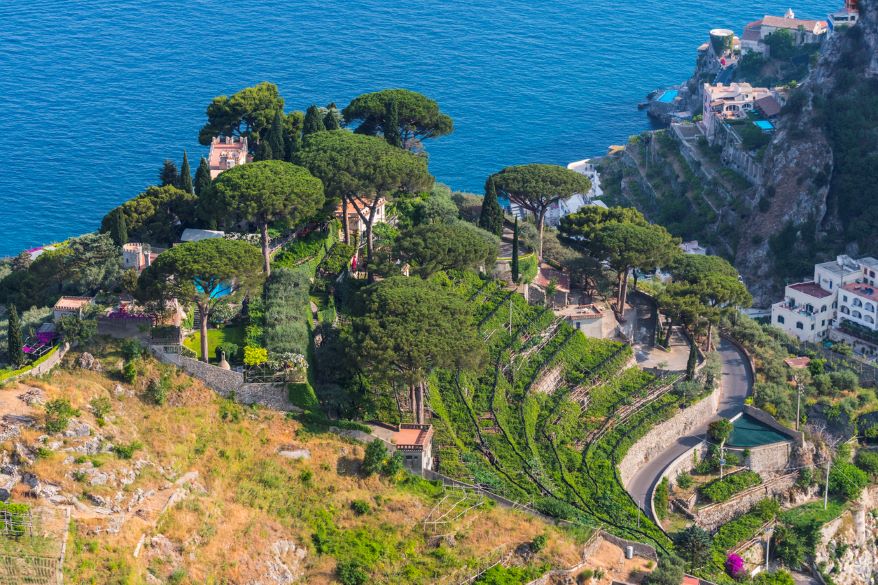
Key Takeaways
- Falanghina wine is a popular white wine variety from southern Italy, known for its floral and fruity flavors.
- The grape has a rich history dating back to ancient Roman times and has experienced a resurgence in recent years.
- Falanghina’s distinct characteristics come from the volcanic soils and unique terroir of the Campania region.
Origins of Falanghina Wine
Falanghina is a white grape variety originating from Italy, specifically the Campania region. The grape has a long history, believed to have Greek origins. It was introduced to Southern Italy during the Greek colonization period. Over time, the variety became a staple in Campania and was widely cultivated during the Roman Empire.

The name “Falanghina” is derived from the Latin word “phalangium,” which means “stake” or “pole.” This refers to the method of growing the grapevines on wooden stakes, a technique that was popular in ancient Rome. Today, Falanghina wine is primarily produced in the Campania region, including the provinces of Naples, Benevento, and Caserta. However, it is also found in smaller quantities in other Italian regions and even Greece.
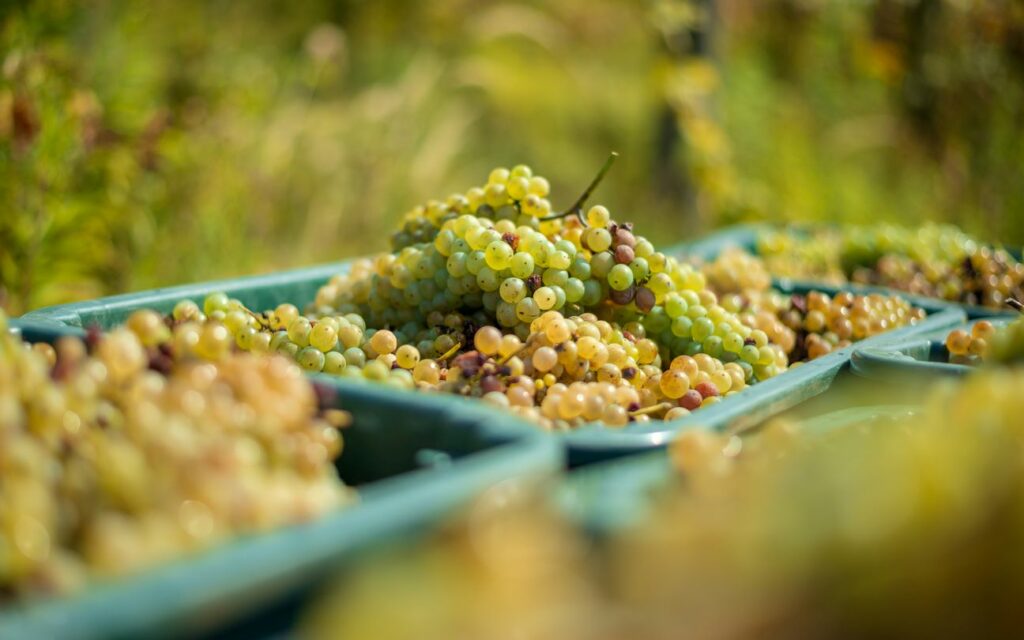
Falanghina wine has experienced a resurgence in popularity in recent years. This is partly due to the efforts of winemakers in the Campania region. They have focused on reviving indigenous grape varieties. This dedication has led to a better understanding of the grape’s characteristics and the production of high-quality wines that showcase its unique qualities.
There are two main types of Falanghina grape. Falanghina Flegrea and Falanghina Beneventana, with the latter being considered the superior variety. The Falanghina Flegrea is typically grown in the volcanic soils around the Phlegraean Fields. The Falanghina Beneventana thrives in the clay and limestone soils found in the wider Campania region.
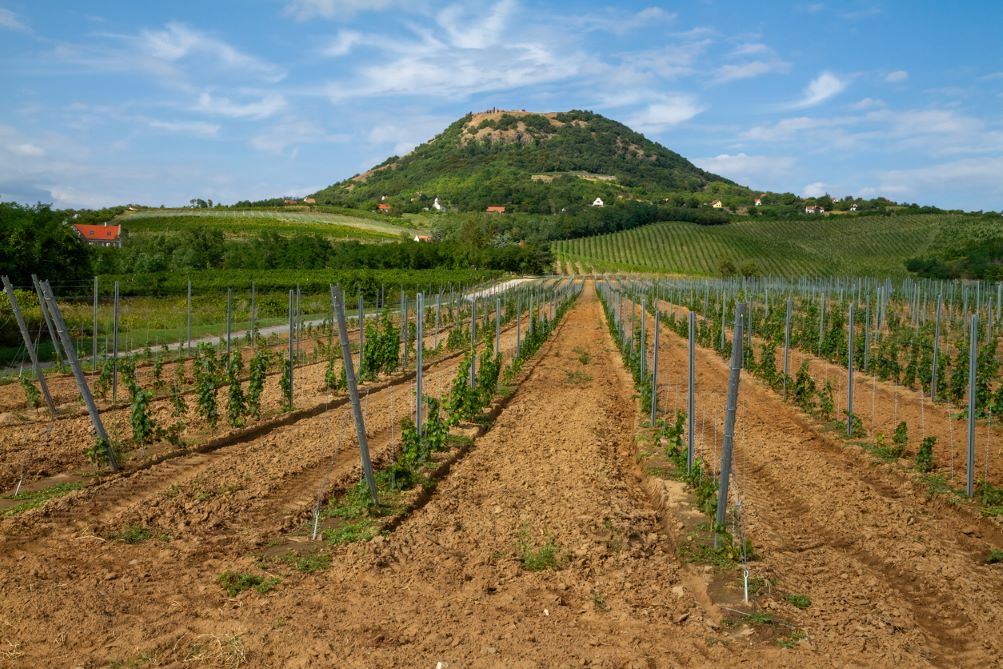
In conclusion, Falanghina wine has deep roots in ancient Greek and Roman history. It has made a remarkable comeback in recent decades. The care and attention given to this grape variety by winemakers in the Campania region have ensured its continued success and prominence in the world of wine.
The Regions of Falanghina
Falanghina is a white grape variety predominantly found in the Campania region of Southern Italy. This region is known for its beautiful landscapes such as Naples, the Amalfi Coast, and the volcanic soils surrounding Mount Vesuvius. The grape thrives in the Mediterranean climate, which provides favorable conditions for vine cultivation.
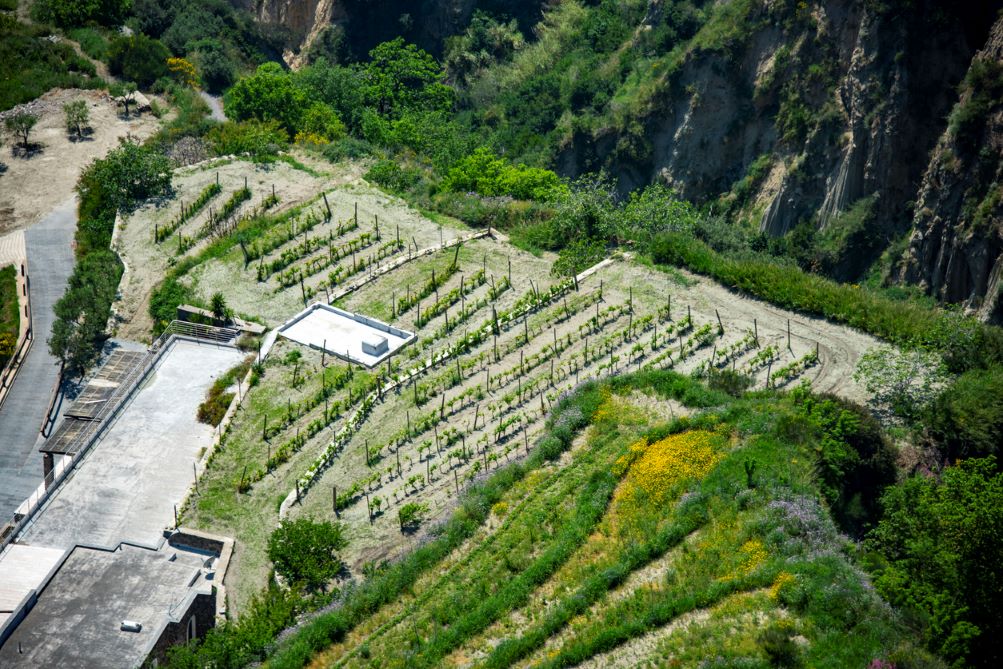
Campania is the primary region for Falanghina wine production. The variety primarily grows in the provinces of Avellino, Benevento, and Falerno del Massico. In Avellino, it is often blended with Fiano di Avellino, a local grape that has been awarded the DOC status. This represents a mark of quality and authenticity. In Benevento, especially in the Sannio area, it flourishes due to the nutrient-rich volcanic soils.

The volcanic soil also provides ideal growing conditions for the grape in areas such as Campi Flegrei, Taburno, and around Mount Vesuvius. These soils contribute unique mineral characteristics, adding to the complexity of the resulting wines.
In addition to Campania, Falanghina is also found in smaller quantities in neighboring regions such as Puglia and Abruzzo. The grape variety is often grown in the province of Benevento, which shares similar geographical conditions to the Campania region. In Abruzzo, although the presence of Falanghina is less widespread, the grape variety contributes to the region’s diverse wine landscape.
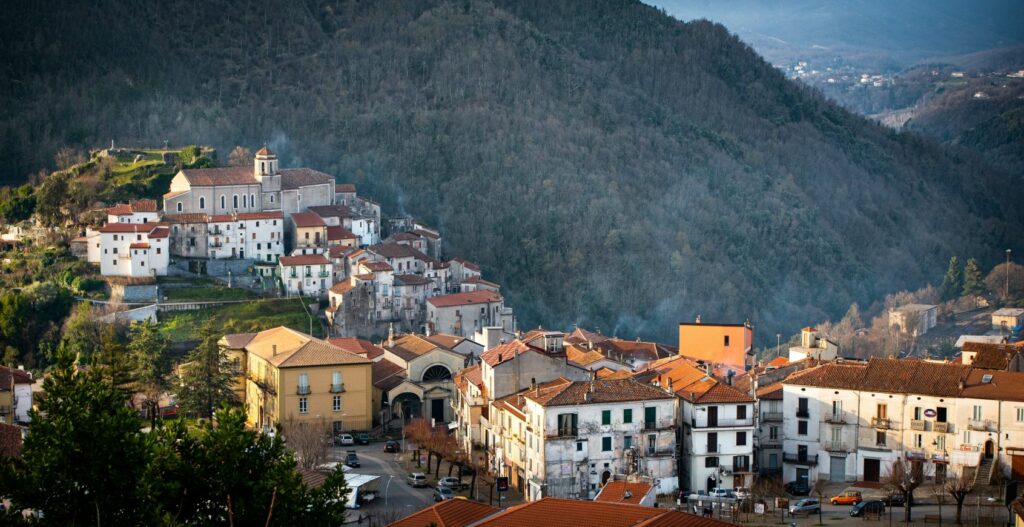
To sum up, Falanghina is a grape variety strongly associated with the Campania region of Southern Italy. Its success is in part due to the Mediterranean climate, volcanic soils. Regions such as Sannio, Campi Flegrei, and Mount Vesuvius, each contribute distinct characteristics to this versatile and vibrant wine.
The Grape Varieties and Its Characteristics
Falanghina is a white wine grape varietal that originates from Italy. It plays a significant role in producing flavorful, aromatic white wines. There are mainly two types of Falanghina grapes: Falanghina Flegrea and Falanghina Beneventana. Both varieties showcase unique characteristics, each contributing to the wine’s rich profile.

Falanghina Flegrea
This varietal is primarily grown in the Flegrean Islands, along the coast of Campania. Wines produced from this varietal exhibit delicate, floral notes with citrus undertones. On the other hand, Falanghina Beneventana is native to the inland regions of Campania, specifically in the province of Benevento. This variety is characterized by its richer and more intense flavors with a heavier body compared to Falanghina Flegrea.

The Falanghina grape shares some similarities with other white wine varietals from the region. These are Greco, Fiano, Biancolella, Verdeca, and Coda di Volpe. Each of these grapes possesses its attributes, contributing to the diversity of southern Italian white wines.
- Greco is an ancient varietal known for its high acidity and mineral, almond, and herbaceous flavors.
- Fiano produces medium-bodied white wines with a more pronounced fruit profile, showcasing flavors such as pear, apple, and citrus.
- Biancolella is primarily grown on the island of Ischia and exhibits a fresh, fruity, and floral character.
- Verdeca is typically blended with other grapes, offering a crisp, green apple taste with a medium-bodied structure.
- Coda di Volpe is named after its fox-tail-like shape and produces medium-bodied wines with a soft, fruity palate.

While more commonly associated with red wines, the Aglianico varietal also contributes to some white wine blends. The use of Aglianico in the production of Falanghina wines is more limited but can still add depth and complexity to the final product.
Single-varietal Falanghina wines are popular for their zesty acidity, fruit-driven aroma, and crisp, refreshing taste. However, blending Falanghina with other complementary grape varieties allows for the creation of unique and diverse white wines. They capture the essence of southern Italy’s winemaking heritage.

Viticulture of Falanghina Wine
Falanghina wine originates from the vineyards located in the Benevento province of Italy. The vineyards boast a Mediterranean climate, lending a unique terroir that significantly contributes to the wine’s distinct profile. The stake, or phalanga, used in training the vines is where the Falanghina grape variety gets its name.
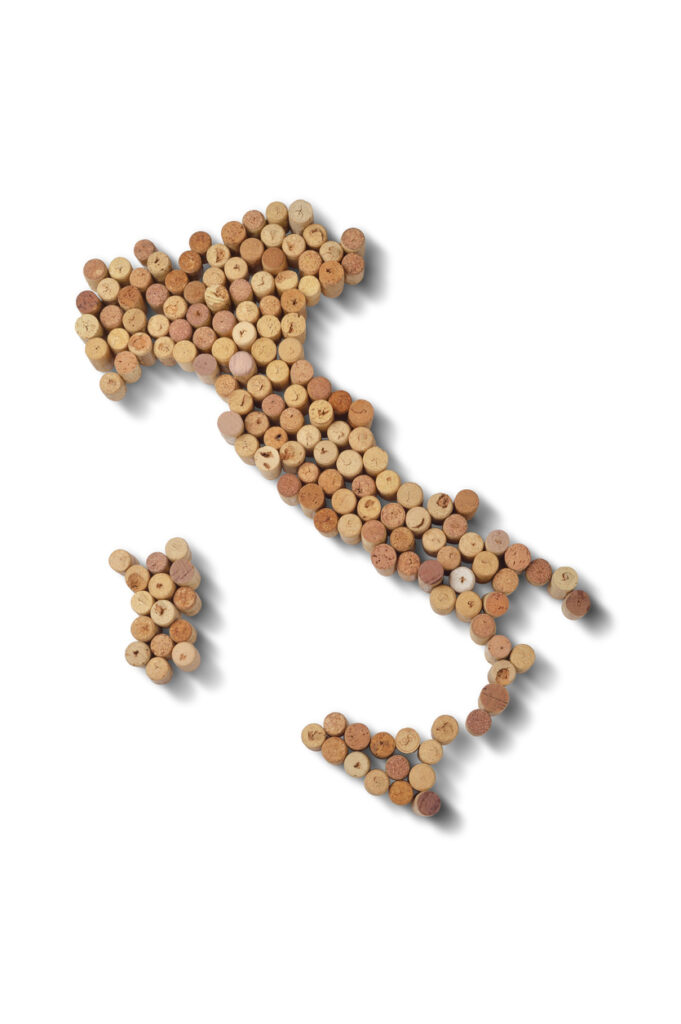
The volcanic soils that make up the terrain of these vineyards play a crucial role in the cultivation of Falanghina grapes. The minerality present in the volcanic soil not only enriches the terroir but also adds depth and complexity to the flavor of the wine. This minerality, combined with the Mediterranean climate, ensures that the Falanghina vines can thrive and produce high-quality grapes.

When it comes to training vines, the stake system, or phalanga, is employed. It aids in regulating the growth and maintaining the ideal vine balance. This method helps the vine receive sufficient sunlight and ventilation, leading to healthy and flavorful grape development.
Within the region, Falanghina wine holds the DOC (Denominazione di Origine Controllata) status. It shares this prestigious recognition with other notable wines such as Fiano di Avellino. This status highlights the wine’s quality and adherence to the strict winemaking guidelines within the specified region.

In conclusion, the combination of volcanic soils, Mediterranean climate, and meticulous vineyard practices creates the perfect environment for cultivating Falanghina grapes. The result is a wine with a distinctive terroir, rich in minerality and a testament to the expertise of the winemakers in the Benevento province.
Winemaking Process
Falanghina is a white grape variety used in the winemaking process to create a high-quality, aromatic wine. It is appreciated for its distinctive notes. The flavors that can be found in Falanghina wine typically include pear, green apple, lemon, honey, and bitter orange. They give it a unique blend of fruity and floral notes.

During the winemaking process, the terroir plays a significant role in the minerality and texture of the Falanghina wine. The soil where the grapes are grown often consists of minerals, such as lime and volcanic materials. They contribute to the wine’s high acidity and complex taste.
Falanghina Grapes in Winemaking
There are two main types of Falanghina grapes used in winemaking: Falanghina del Sannio and Falanghina Greco. Both varieties have their distinct characteristics. Falanghina del Sannio has a higher concentration of acidity and Falanghina Greco offers more refined, floral notes.

In the winemaking process, the grapes are carefully harvested and fermented to maintain their natural flavors. Typically, barriques are not used for aging Falanghina wine, as the goal is to preserve the bright acidity and freshness. Instead, the wine is aged in stainless steel containers or glass-lined concrete vats to retain its original character.
The vintage of Falanghina wine has a notable impact on its quality and taste. Factors like weather conditions, soil, and cultivation practices can vary from year to year, resulting in slight differences between vintages. However, the Feudi di San Gregorio winery, one of the leading producers of Falanghina wine, ships their wines today to ensure that consumers can enjoy the freshest and most representative examples of this unique beverage.

To summarize, Falanghina wine is known for its high acidity, fruity and floral notes, and unmistakable minerality. The winemaking process highlights the grape’s natural characteristics without overpowering them. The influence of terroir helps to create a harmonious balance in the final product. Some popular pairings for Falanghina wine include clams, almond-based dishes, and seafood, making it a versatile addition to any meal.
Pairings with Falanghina Wine
Falanghina wine, originating from the Campania region of Southern Italy, is known for its delightful citrus and floral notes. This unique white wine provides delightful pairing options for various types of dishes.

Seafood is one of the best matches for Falanghina wine. The wine’s acidity and bright flavors complement the taste of fish. Particularly, shellfish and clams work exceptionally well, as their briny taste is enhanced by the wine’s crisp, citrus profile. Prawns are another excellent pairing choice, whether grilled or cooked with garlic and butter.
When serving pasta dishes with Falanghina wine, it is advisable to go for lighter sauces. A rich sauce might overpower the wine’s delicate flavors. Consider a pasta dish that incorporates seafood, like linguine with clams. Alternatively one with a fresh, herby sauce to uplift the wine’s fruity character.
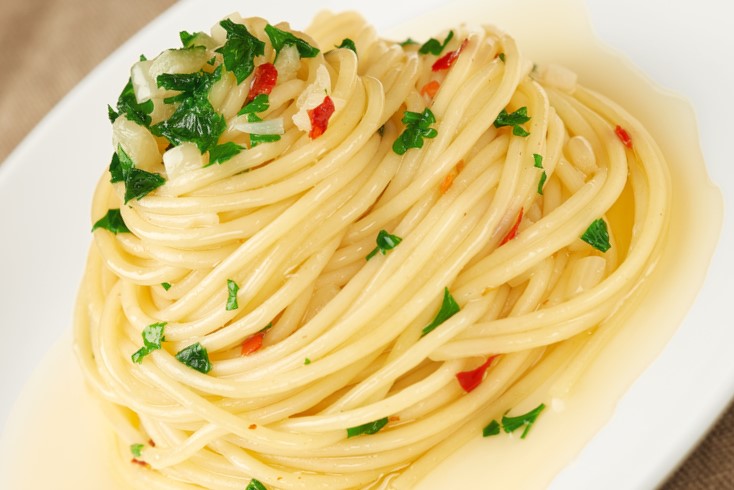
Cheese-wise, Falanghina pairs particularly well with mild, tangy options like feta. The creamy texture of the cheese contrasts the wine’s refreshing acidity, creating a harmonious balance.
The key to pairing Falanghina wine is to select dishes that emphasize its lively palate and showcase its aromatic characteristics. Embracing dishes featuring seafood, light pasta, and tangy cheese will undoubtedly elevate the overall dining experience.

Notable Producers of Falanghina Wine
Falanghina is a white grape variety native to the region of Campania in southern Italy. It is one of the main components in the popular Lacryma Christi wine blend. Falanghina is often produced as a single varietal wine.
Feudi di San Gregorio is a well-known producer of Falanghina wine. They are located in the heart of the Irpinia region and have been making wine since the 1980s. One of their most popular offerings is the Falanghina del Sannio. It showcases the grape’s characteristic notes of citrus and floral aromas.

Campania wine producers have made a significant effort to preserve and promote indigenous grape varieties like Falanghina, along with Piedirosso and Aglianico. Their focus has been on rediscovering ancient winegrowing traditions and introducing these unique flavors to a broader audience.
Phylloxera, a vine louse, has caused devastation to vineyards across Europe in the past. However, the resilient Falanghina vines resisted the louse and continued to flourish in the volcanic soils of Campania. This allowed the grape to maintain its foothold in the region, where it has been cultivated since ancient Roman times.

Biancozita and Sorbo Serpico are two other important Falanghina producers in the region. Biancozita is particularly renowned for its Falanghina wines. They are crafted in a modern style with bright acidity and refreshing minerality. Sorbo Serpico, on the other hand, embraces traditional wine making techniques. The town of Sorbo Serpico produces wines with a more robust flavor profile, reflecting the unique terroir of the region.

In conclusion, Falanghina has become increasingly popular among wine enthusiasts. Thanks to the efforts of passionate producers like Feudi di San Gregorio, Biancozita, and Sorbo Serpico. Through their commitment to quality, they have helped to bring the unique flavors and history of this fascinating grape variety to the world.
Tasting Notes
Falanghina wine, a delightful Italian white wine, boasts a unique flavor profile. It showcases a variety of fruit and floral characteristics. The wine is characterized by its bright, high acidity, which provides a refreshing and crisp experience on the palate.
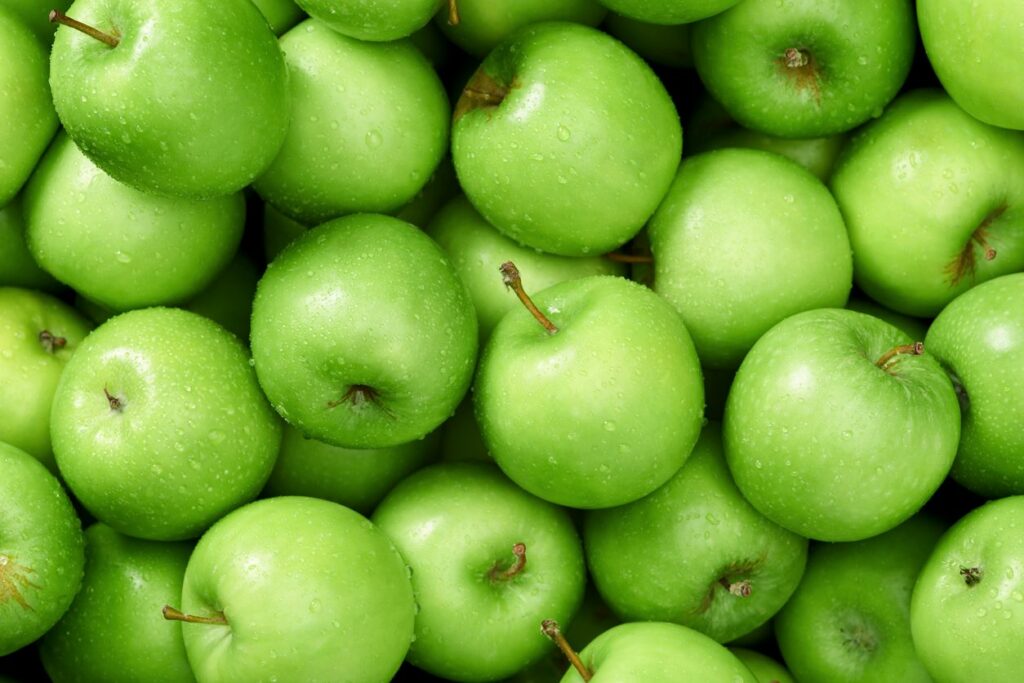
Upon first sip, the most prominent notes include green apple, citrus, and lemon. This citrusy quality is complemented by the wine’s mineral undertones, usually attributed to the volcanic soils of the region. These earthy tones also help to provide a pleasant dry finish for the wine.
As the wine opens up in the glass, the inviting floral notes of citrus blossom and honey began to emerge. These delicate floral essences blend beautifully with the initial crisp fruit flavors. Peach and tropical fruit notes also start to make their presence known. They give Falanghina wine a more well-rounded and complex taste.

The diverse fruitiness of Falanghina spans both delicate and bold flavors. The subtlety of pear and orange peel, combined with the bold presence of tropical fruit, creates a truly unique taste experience for the wine enthusiast. The wine’s high acidity is nicely balanced with these various fruit flavors, preventing it from becoming too overwhelming.
Overall, a glass of Falanghina wine showcases a harmonious blend of fruit, floral notes, and mineral undertones. This makes it a delightful and refreshing drinking experience. The combination of pear, green apple, lemon, citrus, peach, and tropical fruit is expertly matched by a confident and knowledgeable winemaking process. It highlights the grape’s native Italian heritage: the Uva Falerna variety, also known as Falernina.
Historical Context of Falanghina Wine
Falanghina wine has a rich and fascinating history that dates back to ancient times. Originating in Italy, this white grape variety has been cultivated for more than 2,000 years. It holds a special place in Italian viticulture. The wine’s ancient roots are closely tied to the Campania region that encompasses the provinces of Benevento, Avellino, and Sannio, as well as areas located around the Taburno mountain range.

During the Roman Empire, Falanghina was used to produce a renowned wine called Falernian. This wine was highly praised by notable figures such as Pliny the Elder, who documented its unique characteristics and quality. Falernian became the favorite drink among the privileged classes of Rome. Its popularity persisted even after the fall of the empire.

In the Middle Ages, Falanghina continued to thrive in the hilly regions of Campania. The grape variety was cultivated in the Sannio area, particularly around Benevento and Irpinia in the Avellino province. Here, skilled winemakers developed techniques to harness the grape’s flavors to create wines that were both aromatic and refreshing.

In modern times, Falanghina has experienced a resurgence in popularity. Shipments of the wine are now sent all over the world. It continues to be enjoyed for its distinctive taste and freshness. The grape is primarily grown in the Campania region, although it is also cultivated in smaller amounts throughout Italy.

